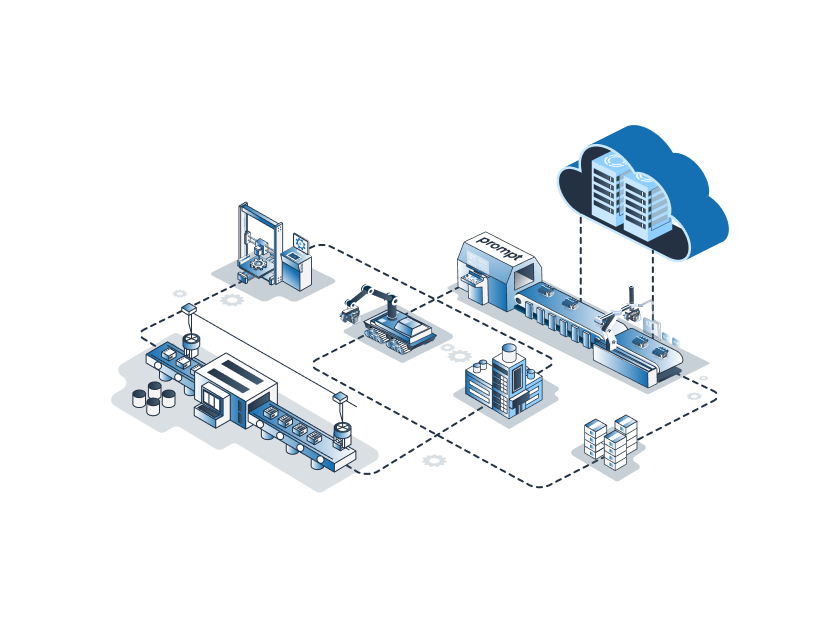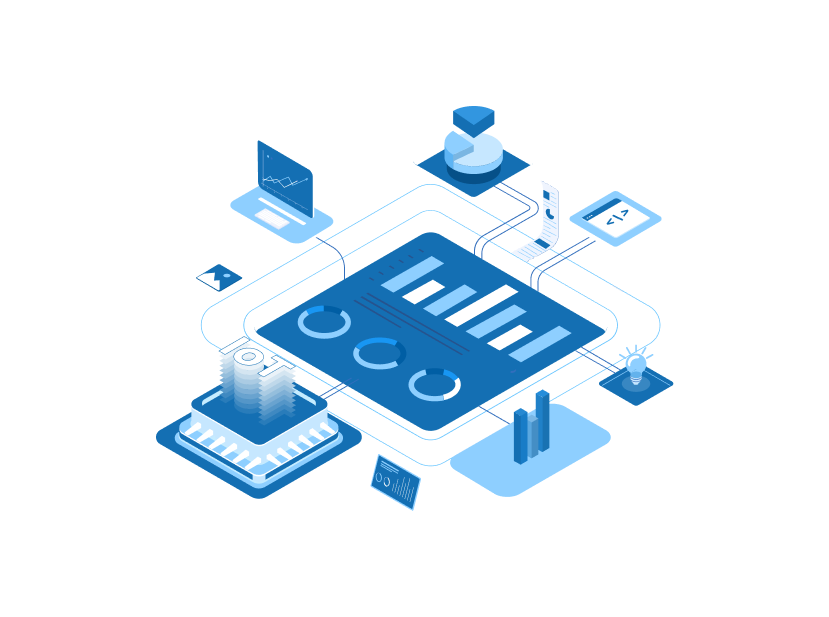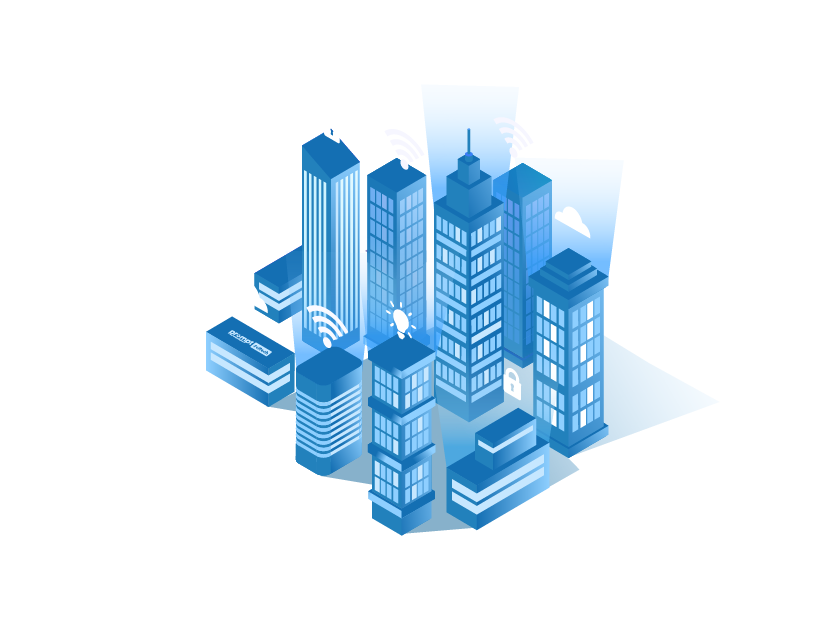Today, if we look around, we can easily sense that we live in a connected world ruled by sensing technology and intelligent devices. Every organization is attempting to climb the connected ladder between brands and customers to launch the most efficient and innovative product in the market. Few Research Centre took a survey and shared that wearable is the most popular smart device as one in five Americans owns it.
Wearables are changing the way of communication, monitoring and sharing information between consumers. They are playing a pivotal role in progressing the concept “connected world” we are living in. Even after having many desirable features, the overall wearable market has not hit dynamic market growth as analysts predicted.
Ericsson shared that almost 1 in 10 wearable users no longer use their wearable devices, and one-third have already abandoned them after a couple of weeks. The main reason behind this unpredictable behaviour is that consumers do not know what they need.
For lifestyle purposes or health reasons, customers try wearables as an experiment or eagerness and forget about it if they are unimpressed by the inadequate functionality of the connected device. On the other hand, instead of investigating the customer’s requirements or addressing customers’ needs, brands are just throwing products out to the market to know what functionality is beneficial and marketable.
One of America’s renowned multinational technology and e-commerce companies recently announced a catalogue of half a dozen different smart wearable products.
Based on the people’s curiosity and past experiences, researchers still conclude that wearables could make their place in the market. International brands are aggressively working to produce wearables that can stick in the market.
The COVID-19 pandemic hit has also caused a significant impact on the wearables market. Gartner shared about the shift in the choices of people amid COVID. In 2020 wearable market saw a momentary push in heath wearables which concluded that customers and vendors are more interested in health-focused wearables.
Therefore it is pretty clear that niche products do not meet customer needs. Consumers are looking for multi functionalities in a device or say “all-in-one” wearables are winners. But to develop such wearables, there is a need for more functionality, low energy consuming sensors and other latest technologies.
Sensing the Wearable demand
IDC predicts that there would be over 55 billion connected devices globally by 2025. This implies that every person on earth would own seven or more connected devices. The entire design should have the right factor, along with portability and user-friendliness. At the heart of this design are embedded sensors.
From consumer wearables that support a healthier lifestyle to medical wearables that help decide a patient’s vital signs by sensing components promptly are some of the advanced help these technologies offer to lives, consumers enjoy the safety, productivity, and health incentives.
The embedded sensors allow complex interaction between people and devices, enhancing the user experience to make daily interactions with smart technology more comfortable and natural. These sensors make it feel like the devices around us intuitively understand what we want them to do. Important needs of embedded sensor technology for connected devices are small size and low-power consumption and overall ease of ‘wearability’ for added comfort and functionality.
Small and low energy consuming sensors offer the best way of tracking a person’s health, physical activity, exercise; RF components assure the best connectivity and location determination, and wireless charging makes everyday life much simple, and it is almost as if the devices “charge themselves.”
The most crucial feature of sensor technology is to make our lives more convenient through seamless, simple interactions between people and sensing devices so that users can emphasize their other essential works.
It is evident that with an advance in wearable industries, there will be a requirement for more accurate, reliable and compact sensing technologies for long-term functionality in wearables.

Functionality comes with Challenges
Consumers expect “all-in-one” smart devices, and wearable devices are moving towards that. From texting to calling, timekeeping to vital monitoring is becoming part of today’s wearables. However, adopting this “new standard” carries challenges and issues with wearable battery life and power management structure.
No doubt, it is tough to compact multiple sensors for capabilities into a thin, small and lightweight device. The addition of new functionality drags a challenge of power management.
Ways to overcome efficiency issues include:
- By transferring data wirelessly by using LoRa, NB-IoT, etc.
- Unloading high power functions to solutions like Bluetooth Low Energy (BLE).
- Selecting an effective microcontroller (MCU) for power management purposes to reduce power consumption – especially when the device is not in use.
- Utilizing pin-type charging or wireless charging rather than a USB plug-in connection.
- Improving overall sensor technology.
Wireless power is becoming part of a multifaceted world of small things. Designers demand a highly integrated semiconductor solution with minimum loss rates, robust performance, and outstanding linearity.
Boosting Battery Technology
Battery life is the most significant barrier to the growth of wearable tech today. Smart wearable devices need efficacious power management to run many various functionalities at once. Customers demand batteries that last for a long time and are easy to recharge. Most wearables have lithium-ion (Li-ion) or Lithium-ion polymer (Li-poly) batteries; these conventional batteries only fit basic on-functionality wearables with simple sensors and low power capabilities. They are unable to keep up with the demand of adding more functionality to a single device.
In the end, it’s the solution that is evaluated no matter which battery is installed in it. Semiconductor companies are endeavouring to address this need for new battery alternatives by designing battery management technologies, especially for wearables, instead of new battery technology.
What About Security?
Tracking health and location details, collecting personal and contactless payment information are some of the uses of wearables in daily life. Wearables are immensely collecting sensitive user data, causing security issues to the forefront, especially IoT security.
As per the report shared by Nokia’s Threat Intelligence, the percentage of IoT infections increased by 100%in 2020 and IoT devices make up 32.7% of the total infected devices now.
Wearables are an extension of the user’s smartphone; both devices create a significant security risk for the customer and connected wireless network if not secured properly. If a wearable or mobile phone is connected to a public network, it could be at high risk of valuable information piracy if the security infrastructure is not updated. It could be a great chance for hackers.
Currently, there is not enough space to improve security measures in wearables due to their small form factor. However, manufacturers are adding two-factor authentication, facial recognition, active sensing, and fingerprint sensing to shield wearables from end to end thoroughly to maintain security.
Safe, guarded, and efficient high-value semiconductor components will support IoT in the connected world.
IoT Connectivity Future
Wearables will speed up the merge of the digital and physical world. PwC highlights that wearable technology has just started influencing enterprises; in the coming future, semiconductor companies will lead this enterprise charge by delivering a better and high-value semiconductor for the fast-growing IoT application. With the availability and integration of more intelligent technology like artificial intelligence, connected devices will become more automatic, providing a world where our devices take better care of us.























